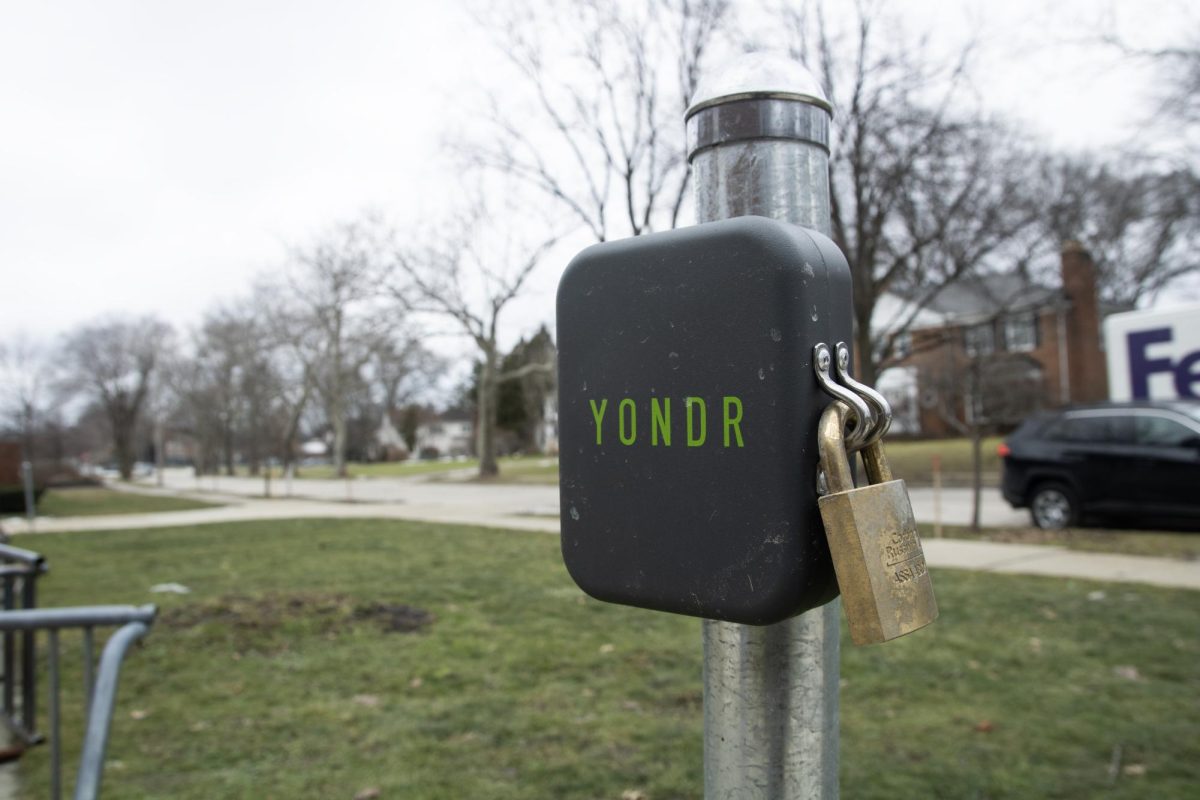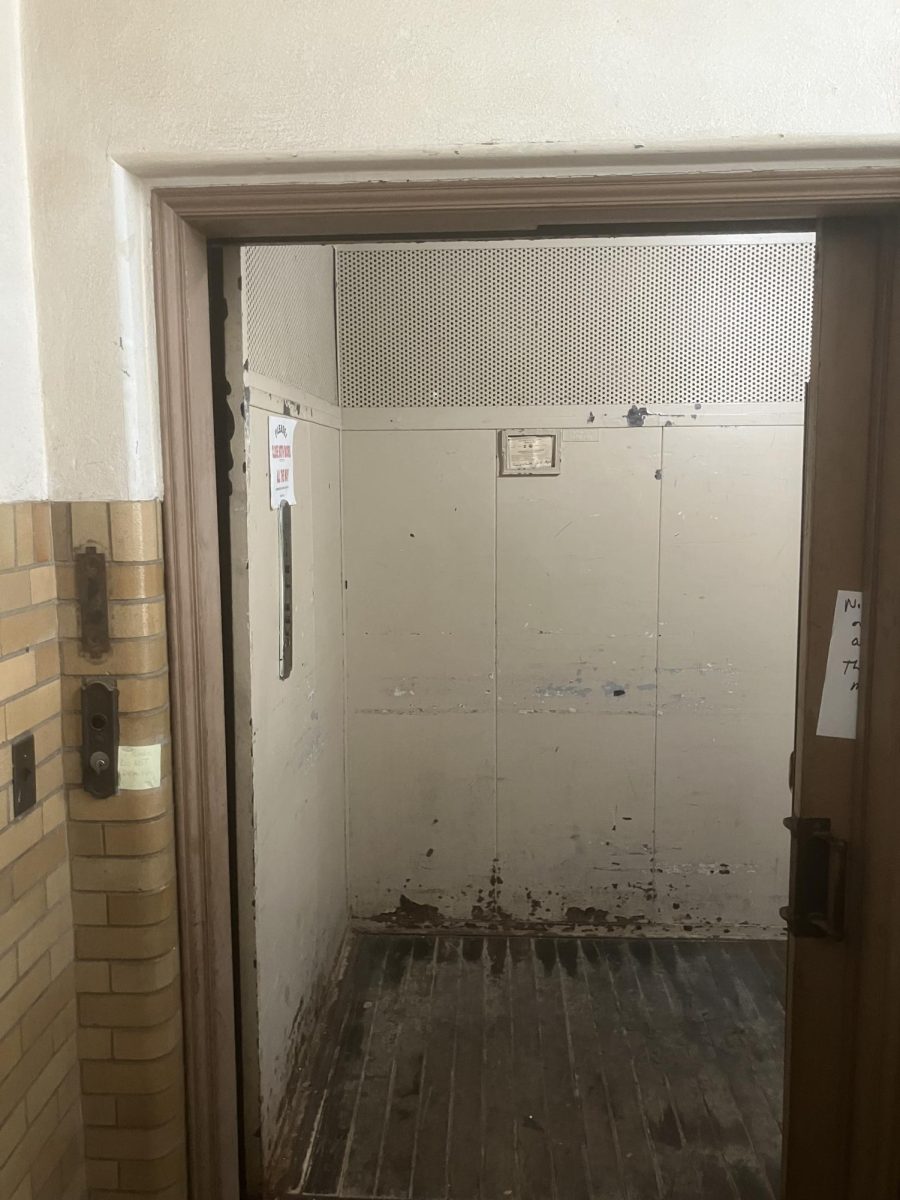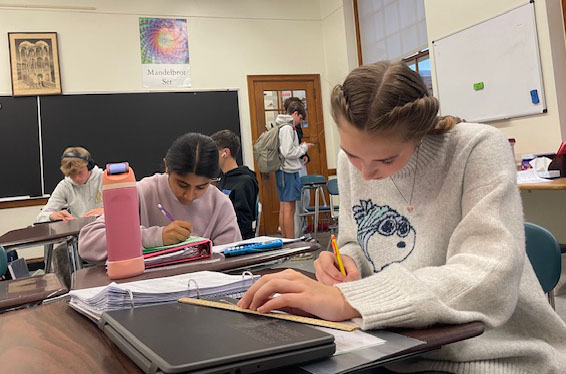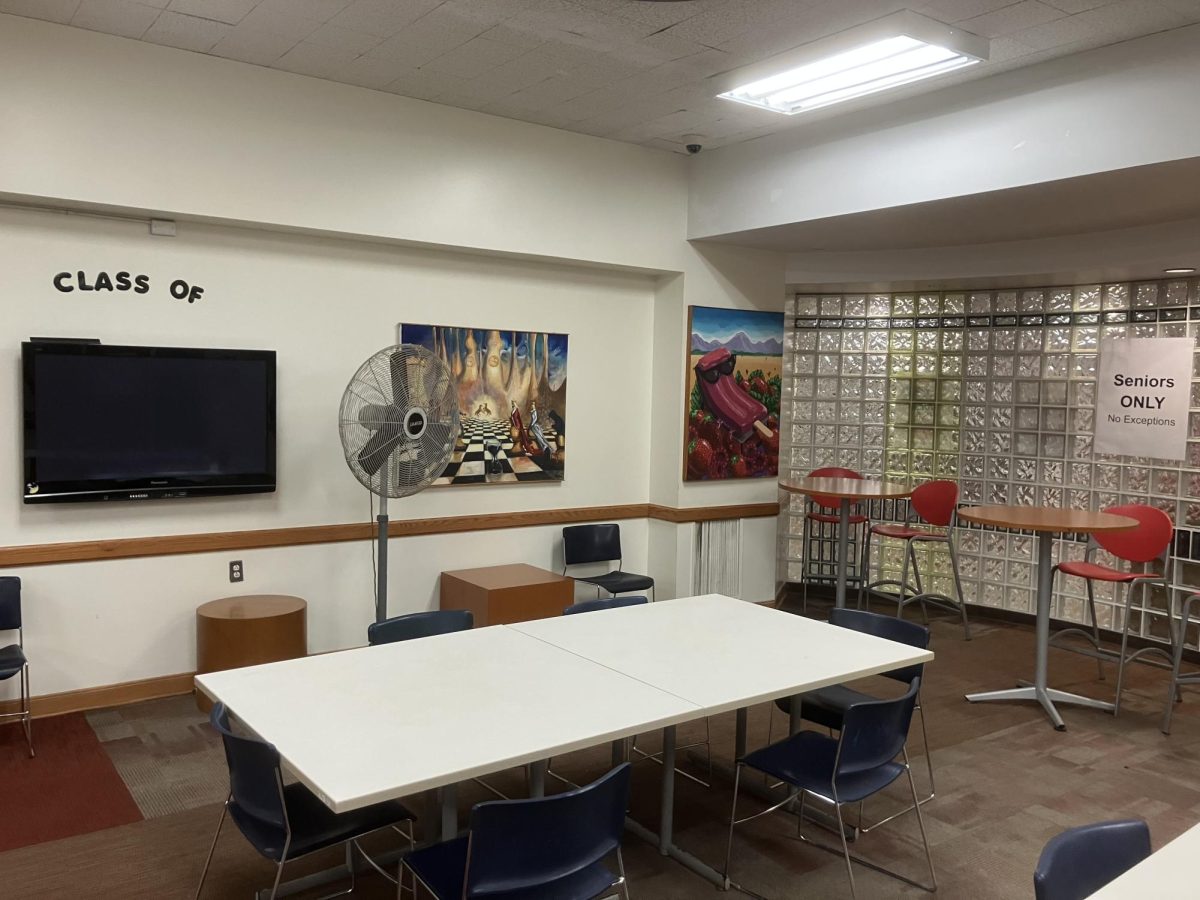Twelve Yondr pouch unlocking stations are installed on the exterior of the high school and available for student use.
The magnets, installed shortly after winter break, can be found at the front entrance, science wing bike rack, lower cafeteria patio, and near the north and south gym parking lots. Students can unlock their pouches at dismissal or before entering the line for security screening in the morning.
There are also unlocking stations available within the school. According to administrative Assistant Mae Morrical, about 200 students come to the main office to unlock their phones per day.
Despite the presence of the magnets, many students choose to hide their phones when coming to school. English teacher Emily Shrestha, who works the weapon-detection line in the morning, has found plenty of phones hidden in students’ belongings.
“We find phones in binders behind papers, in accordion binders, inside tin foil, inside broken Yondr pouches, and even shoes are very popular this week,” Shrestha said. “We started finding two phones, or even three, in just one Stanley [cup].”
The confiscated phones are returned to students at the end of the day in the lower cafeteria. Despite the weapon-detecting intention of OpenGate, “If we find a phone, iPad, or something, we have to deal with it,” Shrestha said.
Students who attend the IC unlock their phones at that building, and those who participate in Career Technical Education programs at other schools unlock their phones in the SHHS main office before they leave.
Slow-moving morning security lines indicate that some students are not using the exterior stations to unlock their Yondr pouches before lining up for security screening. Said Shrestha, “It takes excessive time to not just confiscate phones, but put them back into Yondr pouches and lock them back up.”
In spite of the electronic device ban, some students slip their phones past detection. Said one anonymous student in response to how: “Pocket.”
Vijaya Sadler and Olivia Cavallo contributed reporting.













